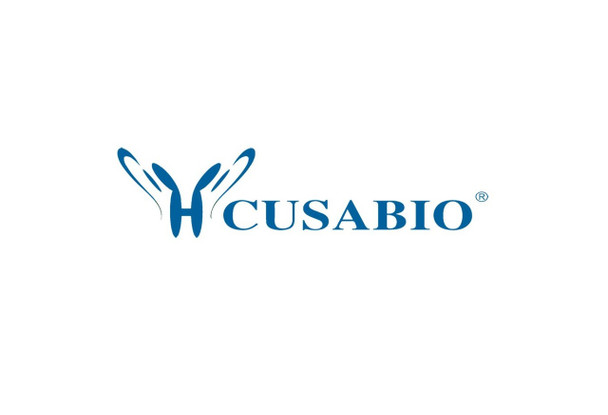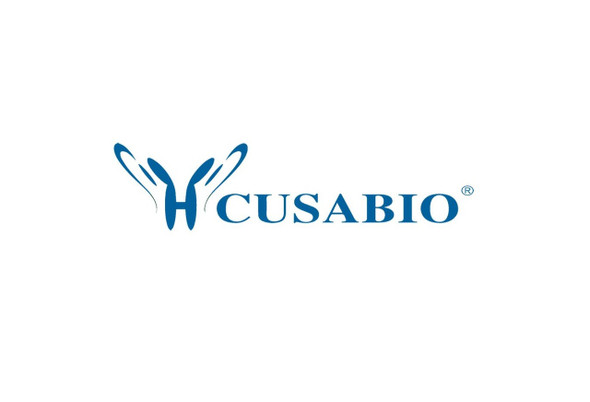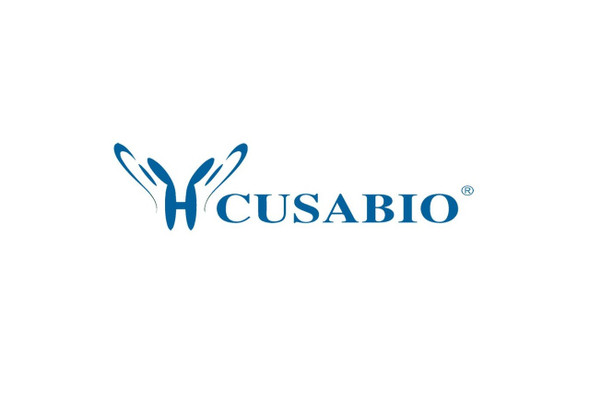Cusabio Saccharomyces cerevisiae Recombinants
Recombinant SaccharoMyces cerevisiae Site-specific recombinase Flp (FLP1) | CSB-EP361171SVG
- SKU:
- CSB-EP361171SVG
- Availability:
- 3 - 7 Working Days
Description
Recombinant SaccharoMyces cerevisiae Site-specific recombinase Flp (FLP1) | CSB-EP361171SVG | Cusabio
Alternative Name(s): Protein Able
Gene Names: FLP1
Research Areas: Others
Organism: SaccharoMyces cerevisiae (strain ATCC 204508 / S288c) (Baker's yeast)
AA Sequence: MPQFGILCKTPPKVLVRQFVERFERPSGEKIALCAAELTYLCWMITHNGTAIKRATFMSYNTIISNSLSFDIVNKSLQFKYKTQKATILEASLKKLIPAWEFTIIPYYGQKHQSDITDIVSSLQLQFESSEEADKGNSHSKKMLKALLSEGESIWEITEKILNSFEYTSRFTKTKTLYQFLFLATFINCGRFSDIKNVDPKSFKLVQNKYLGVIIQCLVTETKTSVSRHIYFFSARGRIDPLVYLDEFLRNSEPVLKRVNRTGNSSSNKQEYQLLKDNLVRSYNKALKKNAPYSIFAIKNGPKSHIGRHLMTSFLSMKGLTELTNVVGNWSDKRASAVARTTYTHQITAIPDHYFALVSRYYAYDPISKEMIALKDETNPIEEWQHIEQLKGSAEGSIRYPAWNGIISQEVLDYLSSYINRRI
Source: E.coli
Tag Info: N-terminal 6xHis-tagged
Expression Region: 1-423aa
Sequence Info: Full Length
MW: 54.1 kDa
Purity: Greater than 85% as determined by SDS-PAGE.
Relevance: Part of the plasmid amplification system, which corrects any decrease in copy number caused by a rare missegregation event. Catalyzes the recombination between the large inverted repetitions of the 2-micron plasmid during plasmid replication. This recombination event changes the direction of one of the two replication forks in the bidirectionally replicating molecule, effectively resulting in multiple rounds of replication from a single initiation event. Binds specifically to the FLP recognition target (FRT) site where it induces DNA to bend. Three types of bend exist. Type I is approximately 60 degrees and results from 1 FLP molecule binding to 1 symmetry element. Type II is >144 degrees and results from FLP molecules binding to symmetry elements a and b. Type III is approximately 65 degrees and results from FLP molecules binding to symmetry elements b and c.
Reference: "The FLP protein of the 2-micron plasmid of yeast. Purification of the protein from Escherichia coli cells expressing the cloned FLP gene." Babineau D., Vetter D., Andrews B.J., Gronostajski R.M., Proteau G.A., Beatty L.G., Sadowski P.D. J. Biol. Chem. 260:12313-12319(1985)
Storage: The shelf life is related to many factors, storage state, buffer ingredients, storage temperature and the stability of the protein itself. Generally, the shelf life of liquid form is 6 months at -20?/-80?. The shelf life of lyophilized form is 12 months at -20?/-80?.
Notes: Repeated freezing and thawing is not recommended. Store working aliquots at 4? for up to one week.
Function: Part of the plasmid amplification system, which corrects any decrease in copy number caused by a rare missegregation event. Catalyzes the recombination between the large inverted repetitions of the 2-micron plasmid during plasmid replication. This recombination event changes the direction of one of the two replication forks in the bidirectionally replicating molecule, effectively resulting in multiple rounds of replication from a single initiation event. Binds specifically to the FLP recognition target (FRT) site where it induces DNA to bend. Three types of bend exist. Type I is approximately 60 degrees and results from 1 FLP molecule binding to 1 symmetry element. Type II is >144 degrees and results from FLP molecules binding to symmetry elements a and b. Type III is approximately 65 degrees and results from FLP molecules binding to symmetry elements b and c.
Involvement in disease:
Subcellular Location:
Protein Families: 'phage' integrase family
Tissue Specificity:
Paythway:
Form: Liquid or Lyophilized powder
Buffer: If the delivery form is liquid, the default storage buffer is Tris/PBS-based buffer, 5%-50% glycerol. If the delivery form is lyophilized powder, the buffer before lyophilization is Tris/PBS-based buffer, 6% Trehalose, pH 8.0.
Reconstitution: We recommend that this vial be briefly centrifuged prior to opening to bring the contents to the bottom. Please reconstitute protein in deionized sterile water to a concentration of 0.1-1.0 mg/mL.We recommend to add 5-50% of glycerol (final concentration) and aliquot for long-term storage at -20?/-80?. Our default final concentration of glycerol is 50%. Customers could use it as reference.
Uniprot ID: P03870
HGNC Database Link: N/A
UniGene Database Link: N/A
KEGG Database Link: N/A
STRING Database Link: N/A
OMIM Database Link: N/A









